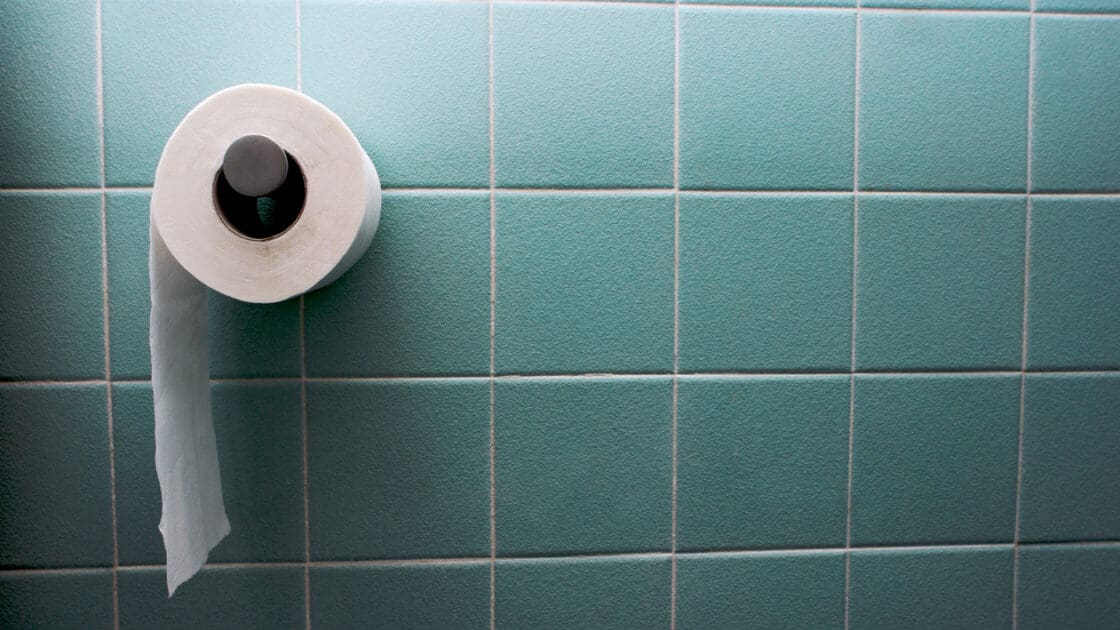Is Toilet Paper the New Plastic Straw?
A new study says we're flushing more than we think.

Ditching plastic straws is so 2018. The new nightmare for the environment is lingering in your bathroom.
While switching to reusable straws or grocery bags is a fairly simple tweak, fixing the toilet tissue issue is not.
Virgin tree paper makes up the majority of toilet tissues sold by household brand giants including Procter & Gamble Co., Kimberly-Clark Corp., and Georgia-Pacific. And it’s causing a big problem, according to a new report from environmental groups the Natural Resources Defense Council and Stand.earth.
According to the new report, toilet paper sourced from virgin trees is significantly impacting climate change. The U.S. is targeted for using more toilet paper per capita than any other country – about 20 percent of the world’s toilet paper is used in the U.S. for just 4 percent of the world population. Much of the U.S. toilet paper supply comes from Canada’s boreal forests. They account for about 25 percent of the planet’s last remaining intact woodland regions and play a critical role in capturing carbon.
“Forests are too vital to flush away,” the groups say in the report. But they’re being decimated — more than 28 million acres have been logged since 1996.
Now, the groups are asking Americans to rethink their toilet tissue. Recycled toilet tissue isn’t new — brands like Seventh Generation have been offering it for decades. But the groups say it’s not growing fast enough.
“The global retail market of toilet paper surged to $47.1 billion in 2018, almost double the $24.7 billion in 2004,” Bloomberg notes. “Recycled toilet paper accounts for a fraction of that—it grew to $8.6 billion from $5.3 billion over the same period.”
“Fortunately, solutions to the tree-to-toilet pipeline already exist,” the NRDC says. In addition to recycled toilet tissue (which, despite rumors to the contrary is not made from used toilet tissue), there are products made from bamboo, wood pulp, and wheat. There are also tissue alternatives, such as bidets, which are used widely throughout Europe.
Popular toilet tissue brands Charmin Ultra, Angel Soft, Quilted Northern, and Cottonelle Ultra all rated among the least sustainable. But it wasn’t just for virgin fiber use. The report cites the bleaching process that releases toxic chemicals into the environment.
Still, brands say they are zooming in on ways to reduce virgin pulp use, particularly as demand for sustainable products has been at an all-time high. Kimberly-Clark, which makes Cottonelle and Scott brand toilet tissue as well as facial tissue brand Kleenex, is looking to reduce its virgin pulp content by 50 percent by 2025.
It also says it’s looking into “low-impact” alternatives and recycled fibers with a lower environmental impact.
Household goods giant Procter & Gamble is also working on its “Ambition 2030” plan. It has a goal of reducing greenhouse gas emissions 50 percent by 2030.
P&G has an “Ambition 2030” plan that includes cutting greenhouse gas emissions in half over the next decade.
Find Jill on Twitter and Instagram
Related on Organic Authority
McDonald’s Begins Global Shift Away From Plastic Straws
New York City Moves Toward Plastic Straw Ban
Dutch Supermarket Adds ‘Plastic-Free’ Grocery Aisle

